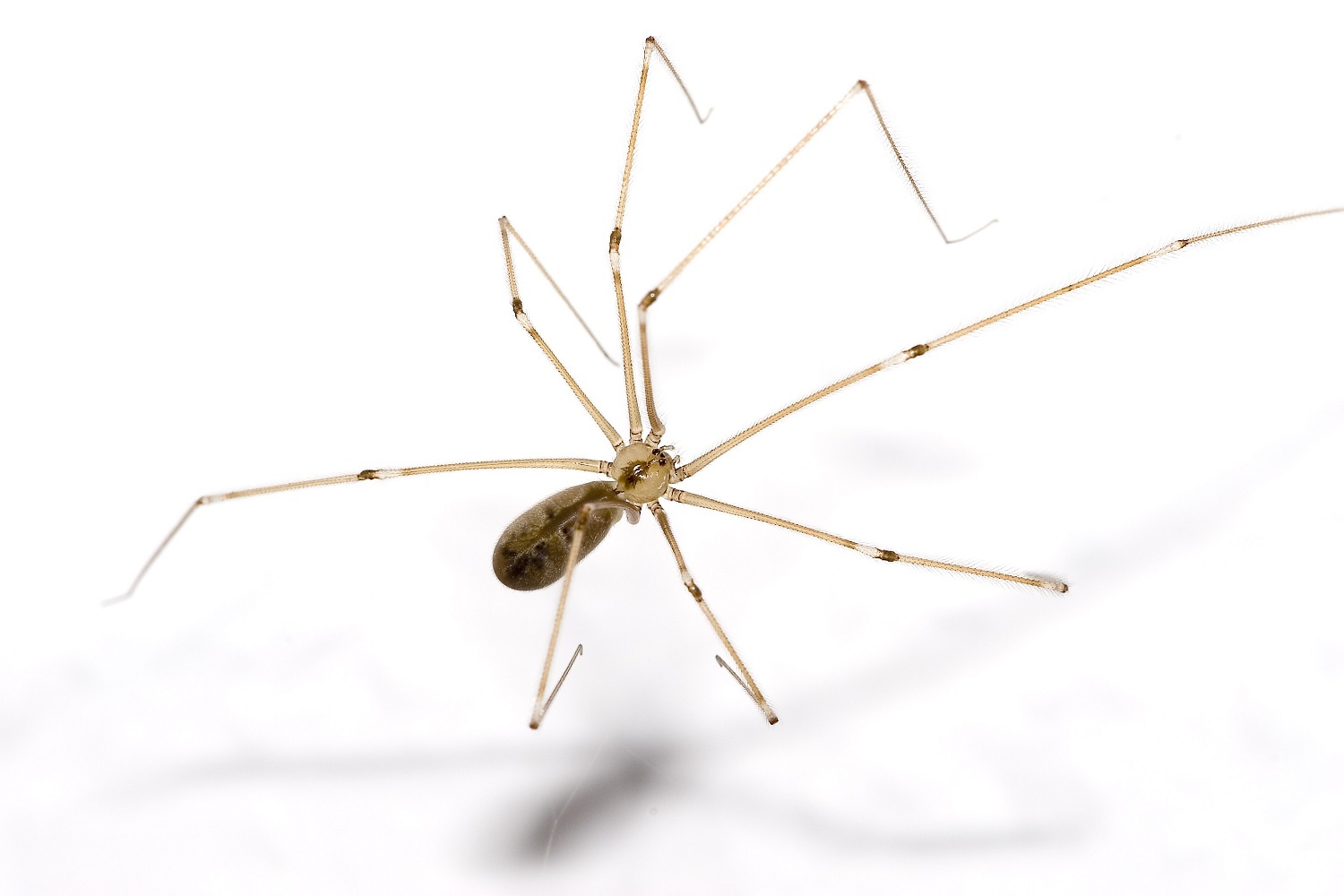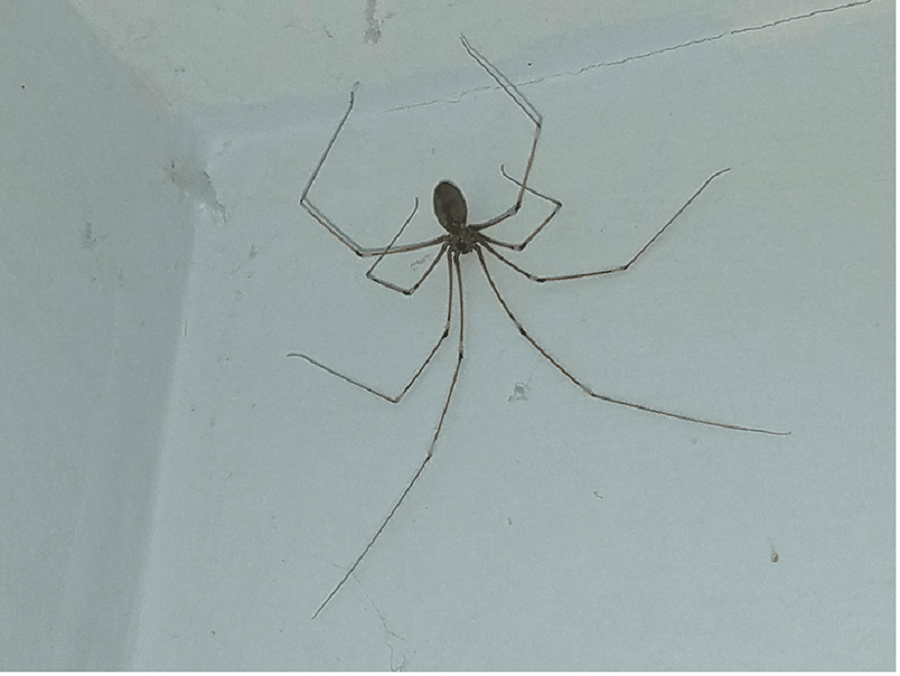There are about 20 species of cellar spiders which been living in the US and Canada. The most common is the long body of cellar spider which is also known as the Daddy Longlegs. You might already know that this spider is so thin and has 8 long legs. The cellar spiders get their name for their favorite habitat, the cellar. In this article, you can get anything about cellar spider: Information, Identification, Control
They are considered as the pest because they generally infest buildings such as warehouses and houses. This spider will eat insects, such as ants and other spiders as well. However, the cellar spider does not eat their old webs as other spiders did, however, they will continue to build up its existing web. Cellar spider is tan, grey, or yellow in color. They have cylinder-shaped of belly and three times larger in lengths. They are longer than most of the spider species that range in length from seven up to eight millimeters and doe s not include their legs. So, the total length can be six times longer, and its quite amazing that their forelegs from female cellar spiders can grow up to 50 millimeters.
Then the female of cellar spider is able to produce up o three egg sacs during her lifetime. Every sac is able to produce up to 60 spiderlings. Then cellar spiders hold their egg sacs in their mouths until they hatch. While adults can live around 2 years and need almost a year for cellar spider to grow fully mature from egg to adult. You should know that cellar spiders do not bite humans or cause damage in the building that they infested.
The appearance of cellar spiders
As mentioned above that cellar spiders can so vary in color, however, their bodies were most often looked pale yellow, grayish, and brown. They have a very small body which is easier to be identified along with 8 long legs and very skinny as well. Their appearances make most people called them as daddy longlegs.

Do they bite?
The spider cellars have a potency to bite if they are directly handled or they are feeling threatened. However, they only have smallmouth which are not pretty strong to pierce of human skin.
Are they venomous?
There is an urban legend that related to this cellar spider, it said that they have deadly venom in the world however their fangs were too short to bite and injected to humans. Luckily, this is actually wrong and while they were venomous, then their venoms do not strong enough to affect human and they do not cause medical threats for people as well. While the venom of cellar spiders cannot treat people, however, it is a threat for other spiders, including of other venomous spiders such as black widow spiders.
Why do you have a problem with cellar spiders?
The spider cellar interests with dark and damp environments. They are preferred spotted in basements, invading barns, root cellar, under the sink, and more. The cellar spiders can cause a big problem inside your house and other buildings because they want to live close each other. It means that there will be a lot of spiders that live inside your house and cellar spider infestation means that you will find a lot of clusters of spider webs inside your house. The fun fact about cellar spider is they will hang upside down from their webs and when they are threatened then they will shake their webs more aggressively.
How do you get cellar spiders inside your house?

So, houses with the white lights in the outdoor will attract bugs or insects to spot the entry points, such as gaps around windows or doors and cracks were probably attract the cellar spiders. Once they get into your house, then this pest will prefer go to the dark attics, basement, and other protected places inside your house.
Is that serious?
As mentioned above that cellar spiders is rarely bite people, however, they might be irritated. It will be pretty hard to always remove their webs because unlike other spiders, this spider will use their old webs before they start to build one. The cellar spiders love to live close to each other, so their population can grow quickly as well.
How to control cellar spider pests?
Cellar spiders are pests because of their presence to collect the dust inside your house or other buildings can stain the overall appearance as well.
Here signs tell that you might have a possible infestation:
- Spotting haphazard and sloppy webs
- Spotting cellar spiders whether they live or dead inside your place
- Discovering that there are many adult cellar spiders inside your unventilated places around the exterior of the building.
How to rid of them
In order to help you control cellar spider, then you can follow these tips below:
- Lowering the food source for spider by using control measures and insect prevention
- Using vacuum or broom in order to eliminate the egg sacs, webs, and spiders
- Using the right ventilation and dehumidifiers in order to lower the humidity inside your house or other buildings
- Prevent this pest to get into your house by sealing any crevice and crack around the windows, door and other entry points as well
- Always contact pest management professional before you start using insecticides to make sure that you use a safe and effective product.
As mentioned before that cellar spider is commonly found in the humid and damped location, such as crawl space, cellars, and basements. Both men and women could be found in the climate-controlled structure of year around. The web of cellar spider is improper without does not have a clear pattern. So, if you spotted it, then you can remove it as soon as possible. Of course, their webs were insighty and annoying as well. If you find out that there is a big infestation, then you should call the professional pest control company and their experience will rid of the cellar spider infestation.